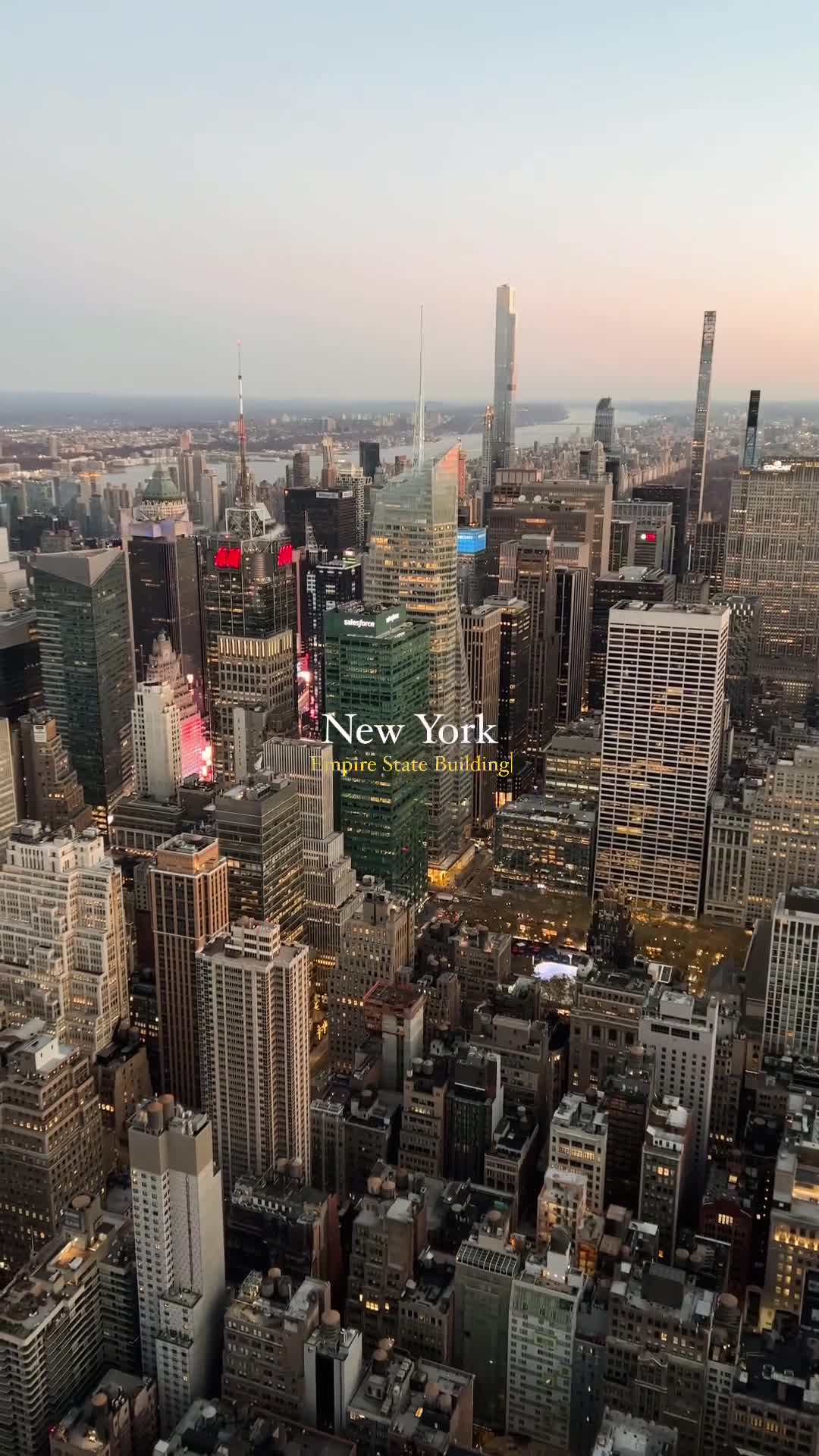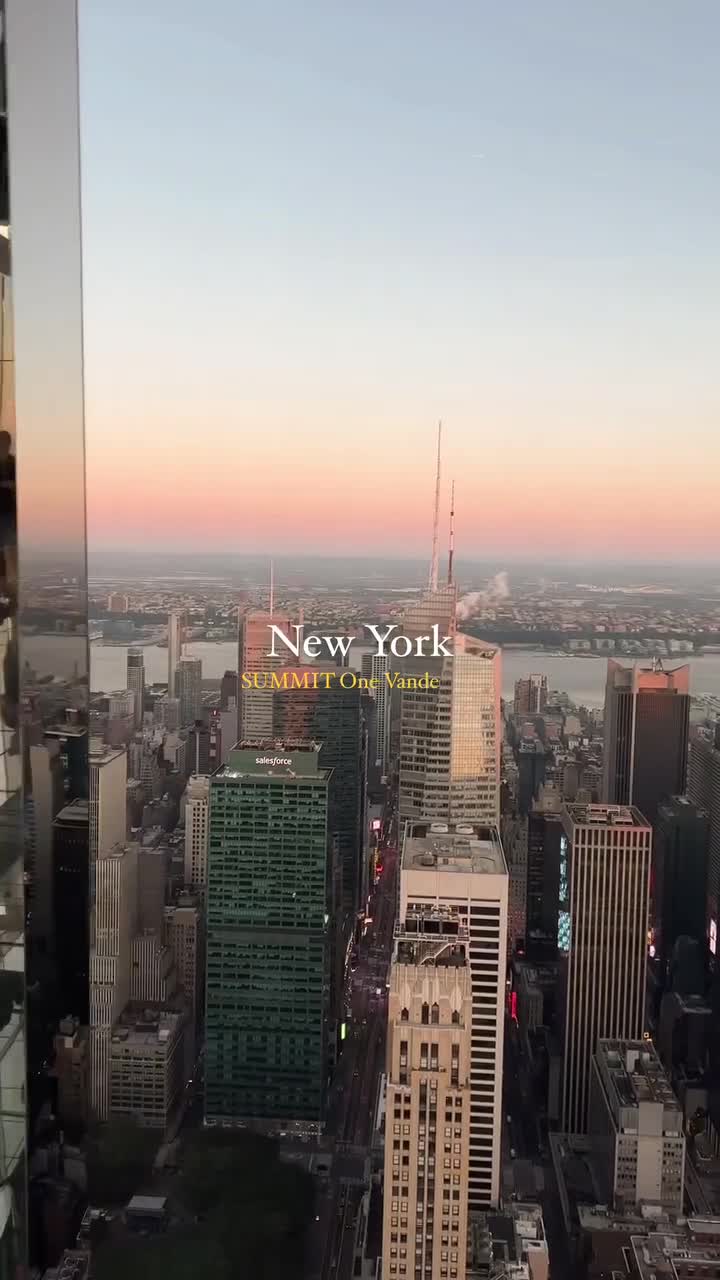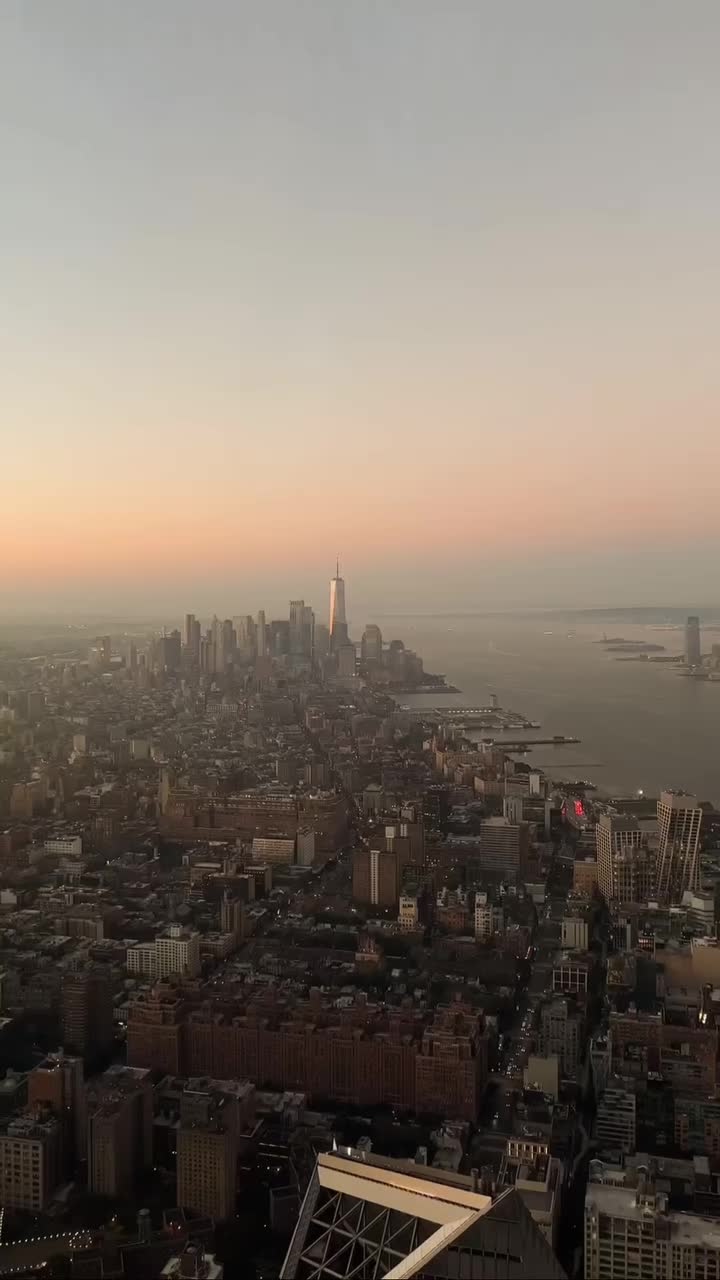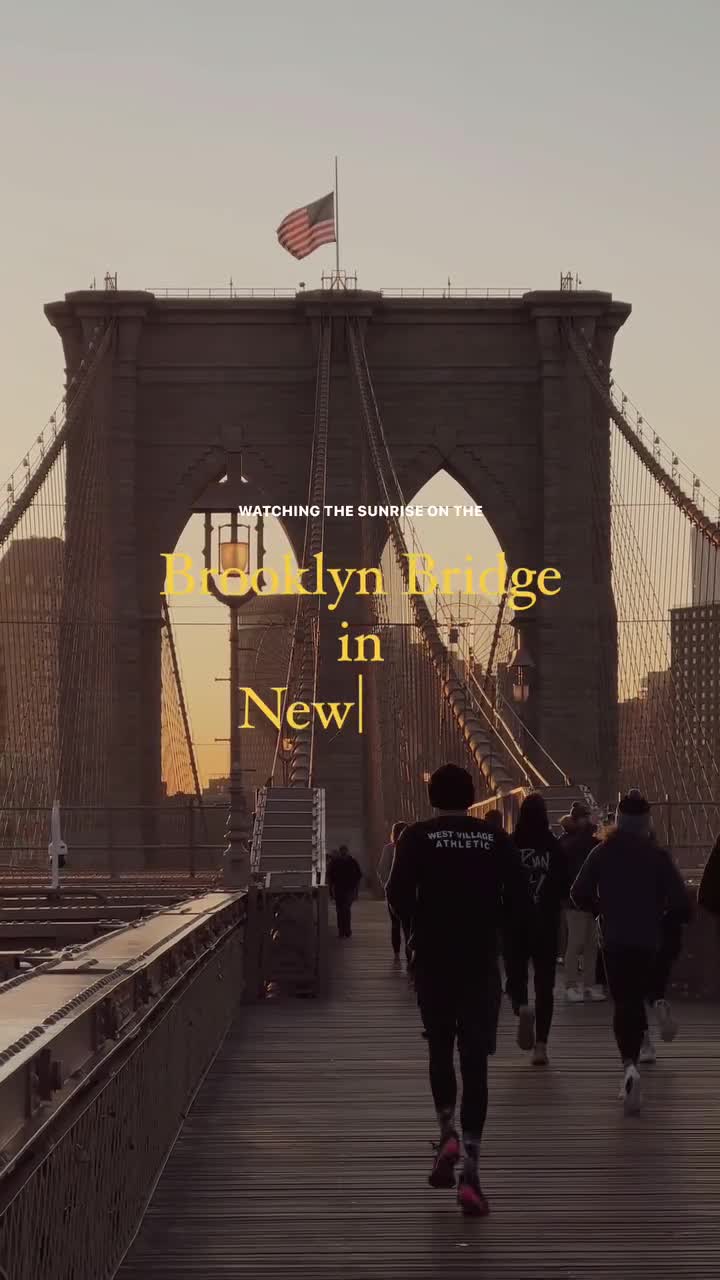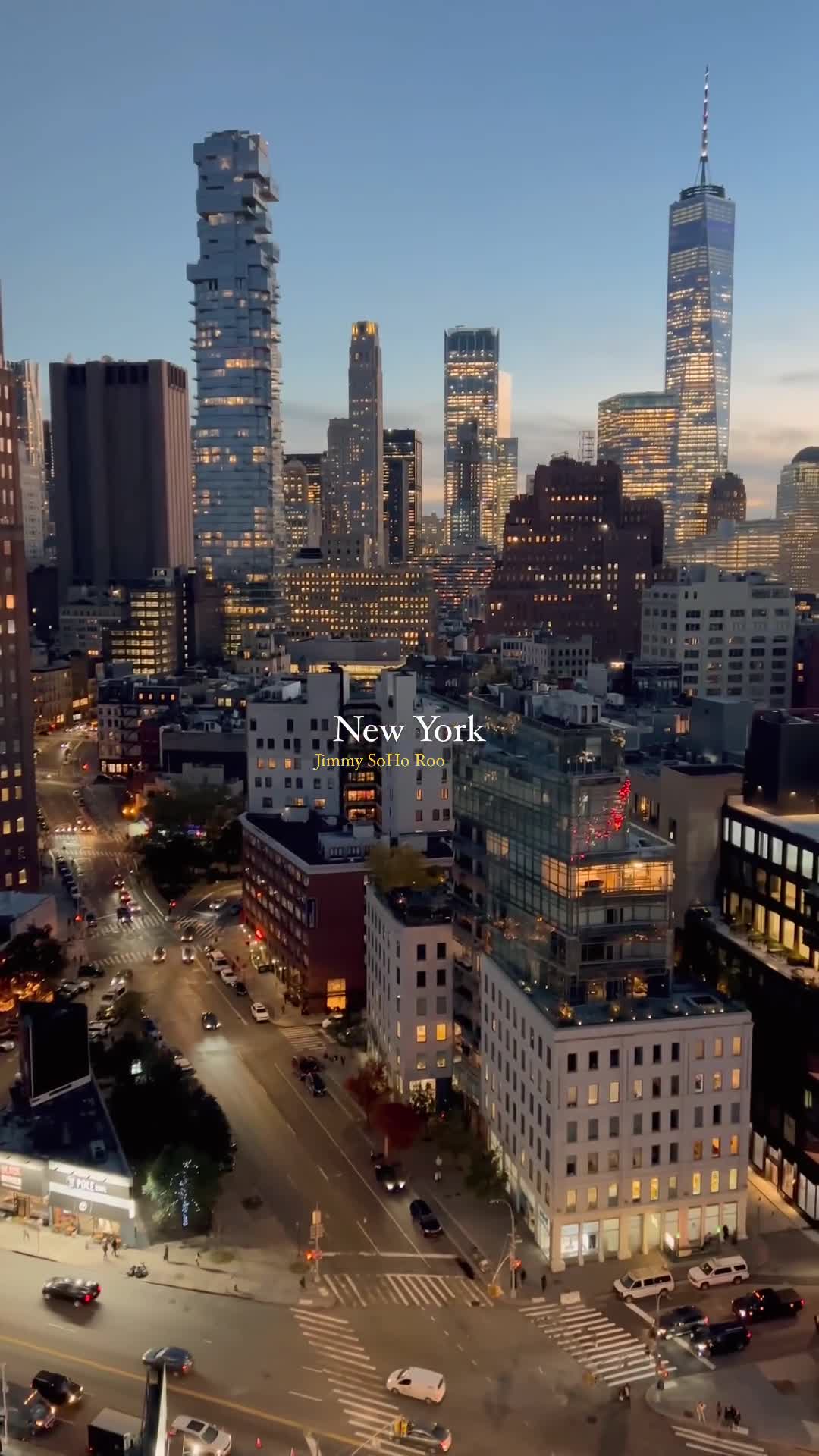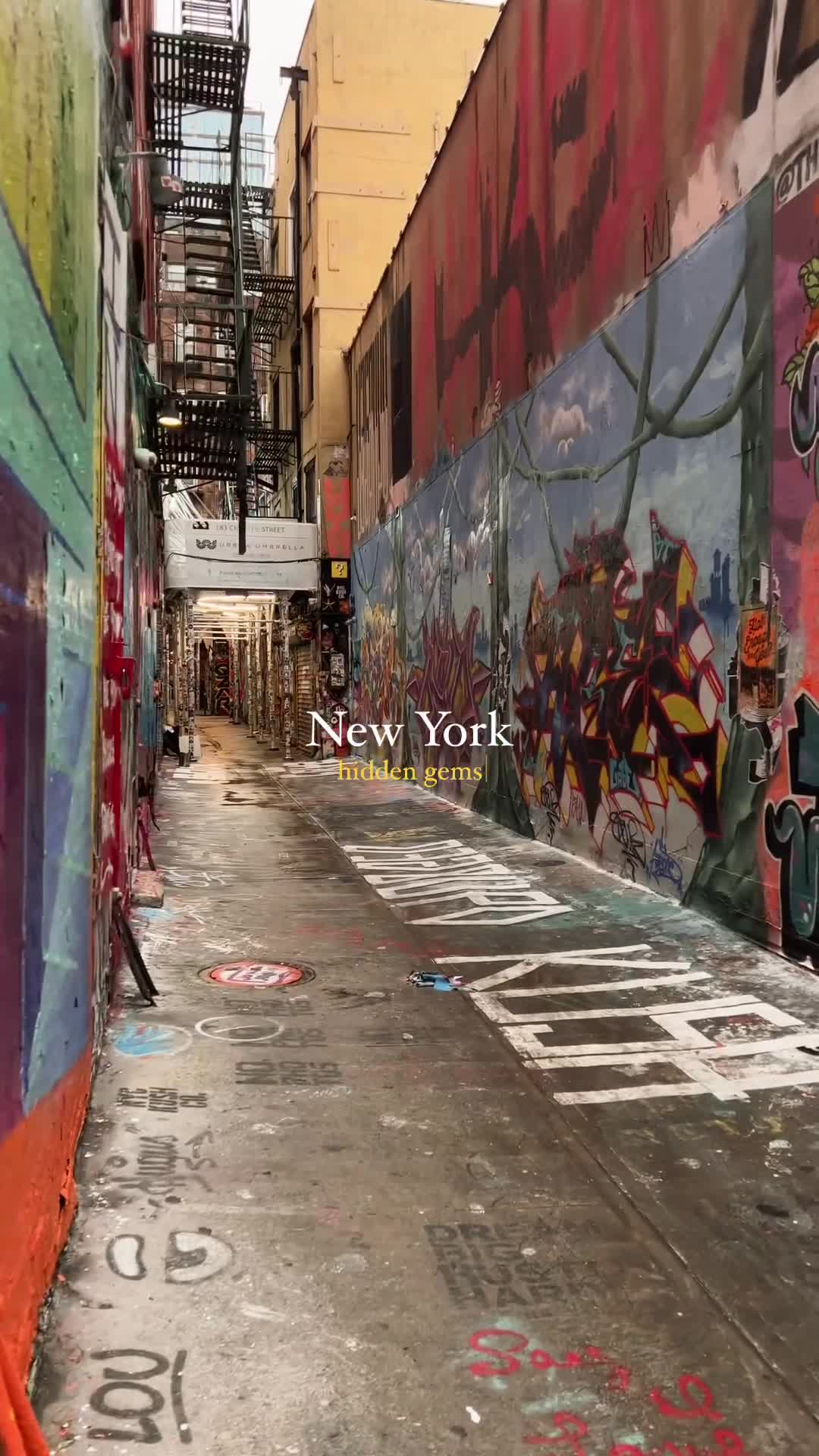General
The Broad Street Bridge is a historic structure that originally served as an aqueduct carrying the Erie Canal over the Genesee River in downtown Rochester. After the canal was rerouted in the early 20th century, the aqueduct was repurposed into a vehicular and pedestrian bridge.
Historic Significance
Erie Canal Aqueduct: The bridge's lower level was constructed in the 1820s as an aqueduct to allow the Erie Canal to cross over the Genesee River gorge.
Longest Stone Arch Bridge: When built, the Rochester aqueduct was declared the longest stone arch bridge in America at the time.
Adaptive Reuse: In the 1920s, after the canal was rerouted south, a second level of arches was added above the aqueduct to create the Broad Street roadway.
The Bridge Today
Two Levels: The lower level remains the original aqueduct structure, while the upper level carries two lanes of Broad Street over the Genesee River.
Pedestrian Access: In addition to vehicular traffic, the bridge provides pedestrian walkways on both levels, offering unique vantage points of the river gorge.
Historic Landmark: The Broad Street Bridge is listed on the National Register of Historic Places and is considered a significant example of adaptive reuse architecture.
Tips
Photography: The bridge's unique design and location within the river gorge make it a popular subject for photographers, especially during the golden hours.
Exploration: Visitors can walk along the lower aqueduct level or the upper Broad Street roadway to experience different perspectives of the historic structure.
Nearby Attractions: The Broad Street Bridge is located near other Rochester landmarks like the Genesee Riverway Trail and High Falls District, allowing for further exploration.
